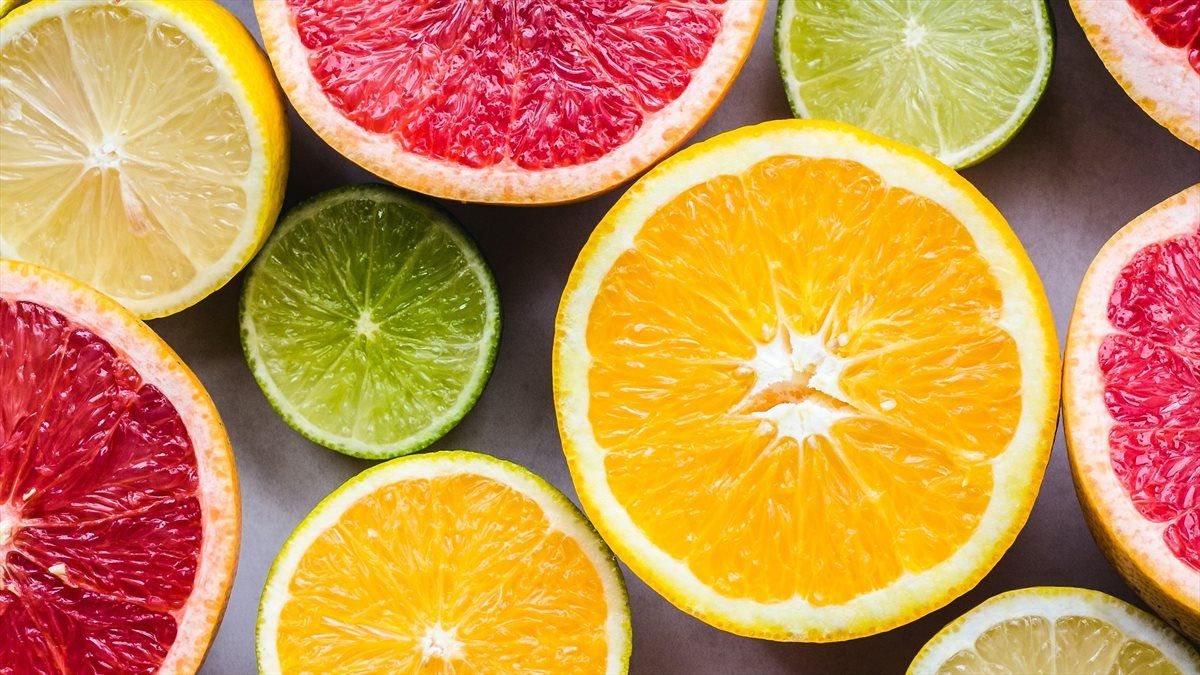
Global citrus market holds strong despite Covid crisis
Key trends and Insights
According to USDA data, global orange production in 2020 increased to 49.4М tonnes. As a result of the favourable weather conditions, crop yield figures remained robust in Brazil and Mexico, thereby offsetting the decline in production in Turkey and the USA.
Mandarine output increased to 33.1М tonnes. China, boasting a production volume of 23.1М tonnes currently leads the mandarine market.
The grapefruit harvest surged to 6.9М tonnes, following the expansion of plantations in China and Mexico.
The global output of lemons and limes fell slightly against the previous year figures, to 8.3М tonnes. Declining production in the USA and Argentina was partially offset by the strong crop yield in the EU and Mexico.
Producers now digitally track the transportation of their goods, to ensure that the supply chain remains transparent and stable. This also improves the delivery process and allows trade disputes to be resolved efficiently, such as identifying which party is responsible for a possible delay in supplies.
In Europe, the Sustainability Initiative Fruit & Vegetables (SIFAV) was launched to ensure that the fruit trade remained sustainable and transparent, intending to make the product 100% safe. The initiative requires fruit suppliers to adhere to environmental and social standards, in terms of potential environmental impact and respecting individual employment rights.
During the pandemic, the demand for fruit juice soared: it is a rich source of Vitamin C, which is believed proved to keep immunity strong. The growth of the fruit juice market represents an additional driver in terms of increasing demand for citrus fruit.
IndexBox estimates that in the period to 2030, the citrus market is forecast to expand to 200М tonnes, as a result of population growth and increased levels of income. Strong output in 2020 to support producers in terms of revenues, making it feasible to invest in new plantations and improved agricultural techniques.
Russia to remain the number one importer
China (48m tonnes) constituted the country with the largest volume of citrus fruit consumption, comprising approx. 30% of total volume. Moreover, citrus fruit consumption in China exceeded the figures recorded by the second-largest consumer, Brazil (20m tonnes), twofold. The third position in this ranking was occupied by India (14m tonnes), with an 8.8% share.
In value terms, China ($52.7bn) led the market, alone. The second position in the ranking was occupied by Brazil ($10bn). It was followed by the U.S. The countries with the highest levels of citrus fruit per capita consumption in 2019 were Brazil (92 kg per person), Argentina (73 kg per person) and Mexico (59 kg per person).
In 2019, the volume of citrus fruits imported worldwide contracted slightly to 17m tonnes, waning by -2.3% against the previous year’s figure. The total import volume increased at an average annual rate of +1.9% from 2012 to 2019. In value terms, citrus fruit imports dropped slightly to $14.6bn in 2019. The total import value increased at an average annual rate of +2.6% from 2012 to 2019.
In 2019, Russia (1,738K tonnes), the U.S. (1,305k tonnes), Germany (1,181k tonnes), the Netherlands (1,104k tonnes), France (1,068k tonnes), the UK (749k tonnes), China (619k tonnes), Saudi Arabia (594k tonnes), Canada (480K tonnes), Poland (475k tonnes), Italy (460k tonnes) and Iraq (445k tonnes) was the main importer of citrus fruits in the world, generating 61% of total import. Ukraine (359k tonnes) followed a long way behind the leaders.
In value terms, Russia ($1.3bn), Germany ($1.2bn) and the U.S. ($1.2bn) appeared to be the countries with the highest levels of imports in 2019, together comprising 25% of global imports. France, the Netherlands, the UK, China, Canada, Poland, Italy, Saudi Arabia, Ukraine and Iraq lagged somewhat behind, together comprising a further 38%.
